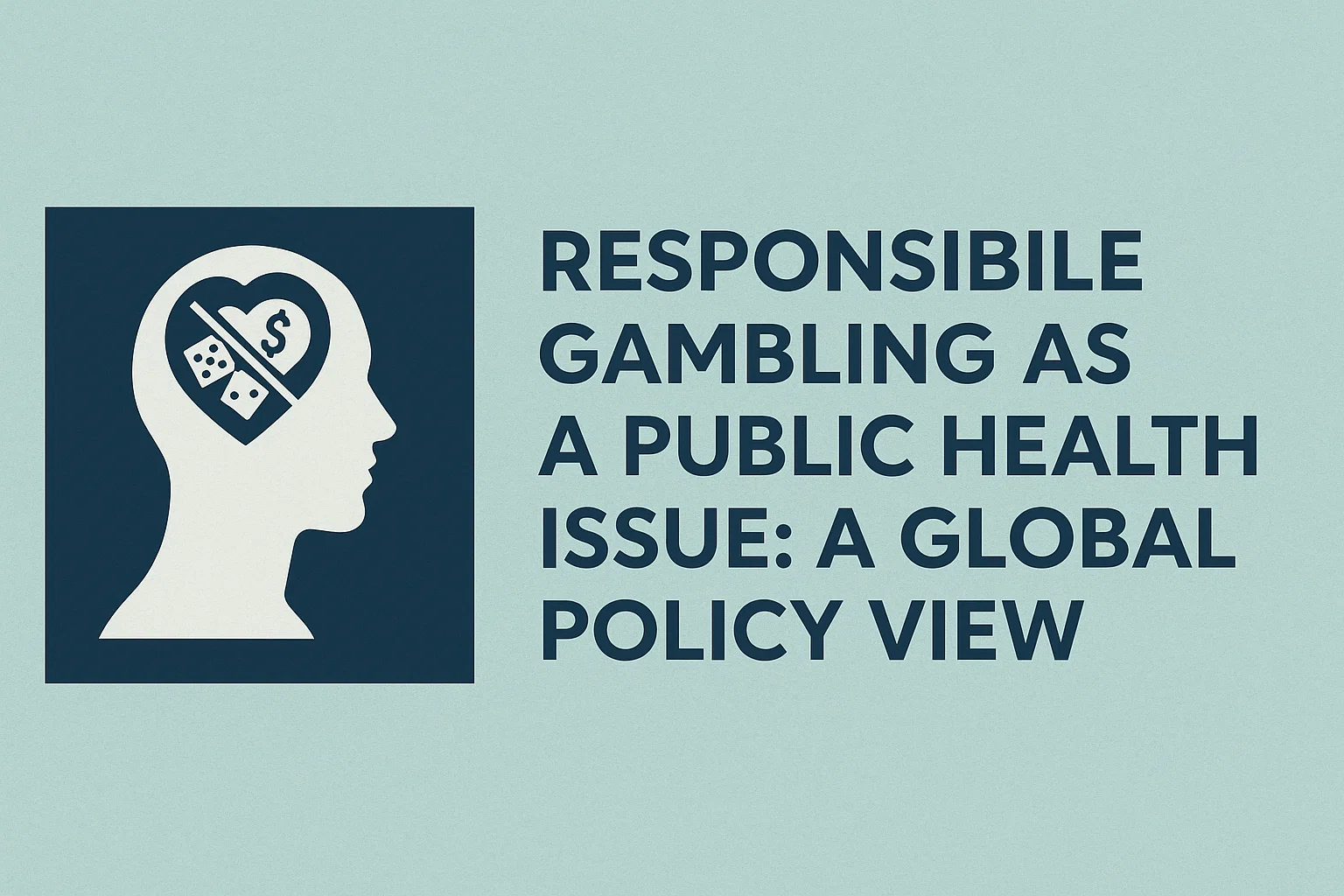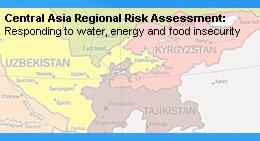Responsible Gambling as a Public Health Issue: A Global Policy View |
|
Gambling harm is not only a personal problem. It is a public health issue. Like alcohol or tobacco, we can lower risk with good rules, safer design, and early help. This article explains what works, why it works, and how countries can act now. Why public health, not just “personal choice”Many people play without harm. But some people face stress, debt, conflict at home, and mental health issues. These harms do not start only when a person has a “disorder.” They can start small and build over time. A public health view looks at the whole population, not just a few cases. It asks: how can we reduce harm for everyone, across all risk levels? This is how we treat other risks. We use seatbelts for road safety. We use smoke-free rules for air quality. In the same way, we can design safer gambling systems and products. We can set limits, inform people in plain language, protect children, and ensure fast access to help. Simple terms (plain-English definitions)
What a public health approach meansA public health approach uses three levels:
This approach also cares about equity. Some groups face higher risk: young people, low-income families, people in debt, and people with other health issues. Policies should protect them in ways that fit local culture and language. The global picture: why risk is rising onlineToday, most gambling risk is digital. Phones stay with us 24/7. There are fast game loops, live bets, and push ads. Platforms can operate across borders. This brings choice, but also constant access, higher speed, and more chances to lose track of time and money. Good policy sets guardrails. It can keep access legal and supervised, but also safer by design. What the evidence shows (and its limits)Research links gambling harm to money problems, anxiety, depression, sleep issues, and family stress. Harm can affect children and partners too, not only the person who gambles. Note: data can be hard to compare across countries. Not all harm is reported. Still, patterns repeat across studies: clear information, safer product design, and quick access to support reduce harm. For background and health framing, see the World Health Organization and public health sources like CDC mental health, plus country resources such as NHS: gambling addiction. The intervention ladder: policy tools that workBelow is a simple “ladder.” Each step adds more protection. Countries can mix steps based on local risk and culture.
Regulation beats prohibitionFull bans push people to illegal sites. There, there are no checks, no limits, and no help. Smart regulation “channels” play to legal, supervised markets. There, we can enforce rules, get data, and fund support. Taxes and license fees can support research, treatment, and education. This helps the whole community, not only players. Technology and data for early helpDigital data can flag early risk markers. For example, sudden spend spikes, very late-night sessions, or chasing losses. These flags do not “label” a person. They trigger a prompt, a check-in, or a time-out suggestion. If done well, this is private, fair, and clear. Any use of AI must be explained and reviewed by humans. People should know what the system does, why it acts, and how to appeal. See guidance from data protection bodies such as the ICO and the EDPB for privacy rights and safeguards in automated decisions. Protecting young people and other at-risk groups
For family and youth resources, see UNICEF: child online protection and national public health pages like CDC youth risk (for general youth risk frameworks). Marketing rules: simple and fairAds should be honest, clear, and never target minors or vulnerable people. They should not suggest that gambling solves money or mood problems. Bonus offers must be in plain language, with key terms up front. See standards from ASA, EASA, and media regulators such as Ofcom. Payments, AML, and integritySafe payments protect people and the system. Strong “Know Your Customer” checks keep minors and bots out. Anti-money-laundering (AML) rules stop illegal flows and protect sport integrity. For standards and best practice, see the FATF, UNODC, and national finance regulators. For market oversight examples, see the UK Gambling Commission, the iGaming Ontario framework, and EU-level consumer and data guidance via the European Commission. Funding the responsePrevention and treatment need stable funding. One model is a small levy on licensed operators. Funds should go to an independent body with clear goals, open reporting, and strong safeguards against conflicts of interest. This helps pay for helplines, therapy, research, and public information. A practical checklist (copy–paste and use)
Consumer guidance (where your link fits, naturally)People often ask, “Where can I find simple checks for safety features?” The best step is to review licensed sites through a safety lens: look for default limits, clear bonus rules, easy self-exclusion, and fast access to help. For a starting point, you can compare these safety features across platforms. Then confirm details on each operator’s own policy page before you play. Keep your limits tight and review them often. How to measure progressWe should not wait for perfect data. But we should track the same core signals over time:
For research norms and methods, see journals like BMC Public Health, The Lancet Public Health, and Addiction. For broader inclusion and development links, see the World Bank on financial inclusion and the UN Sustainable Development Goals. Country cooperation and best practice sharingGambling often crosses borders, while rules stop at borders. This gap helps illegal sites. Countries can work together to align terms, share data for enforcement, and block harmful ads and payment routes. Public–private partnerships help too. Civil society and NGOs bring trust and local insight. Design choices that reduce harm (product lens)
These changes are small, but they add up. They help people pause, reflect, and act with a cool head. That is the heart of harm reduction. Respecting rights and privacySafety and rights can live together. Collect only the data you need for safety. Explain what you collect and why. Make it easy to see, fix, or delete data when possible. Share your risk models in plain words. Give real people the final say on tough cases. See data rights via the EDPB, ICO, and consumer principles via the OECD. Support services (keep these handy)
FAQIs gambling really a public health issue?Yes. Harm affects not only one person but also families, workplaces, and health systems. A public health approach lowers risk at population scale and speeds up access to help. What policies reduce harm most?Plain info, default limits, strong age checks, fair ads, safer product design, self-exclusion across operators, and fast access to treatment. These work best together. Are affordability checks the same as credit checks?No. Affordability checks aim to see if spend looks safe, using simple signals. They should be fair, explainable, and protect privacy. Does a ban work better than strict regulation?Usually no. Bans push play to illegal sites with no safeguards. Smart regulation can enforce safety rules and support people who need help. How does self-exclusion work?You choose a block period. The system then stops access and marketing for that time. Best practice is one system that covers many operators. Conclusion: from intent to impactGambling harm is preventable. Clear information, safer design, and fast support save stress, money, and time. Countries can act now with the tools we have. Operators can design for safety by default. Health systems and NGOs can make help easy to find. Together, we can protect people while keeping freedom of choice. |























